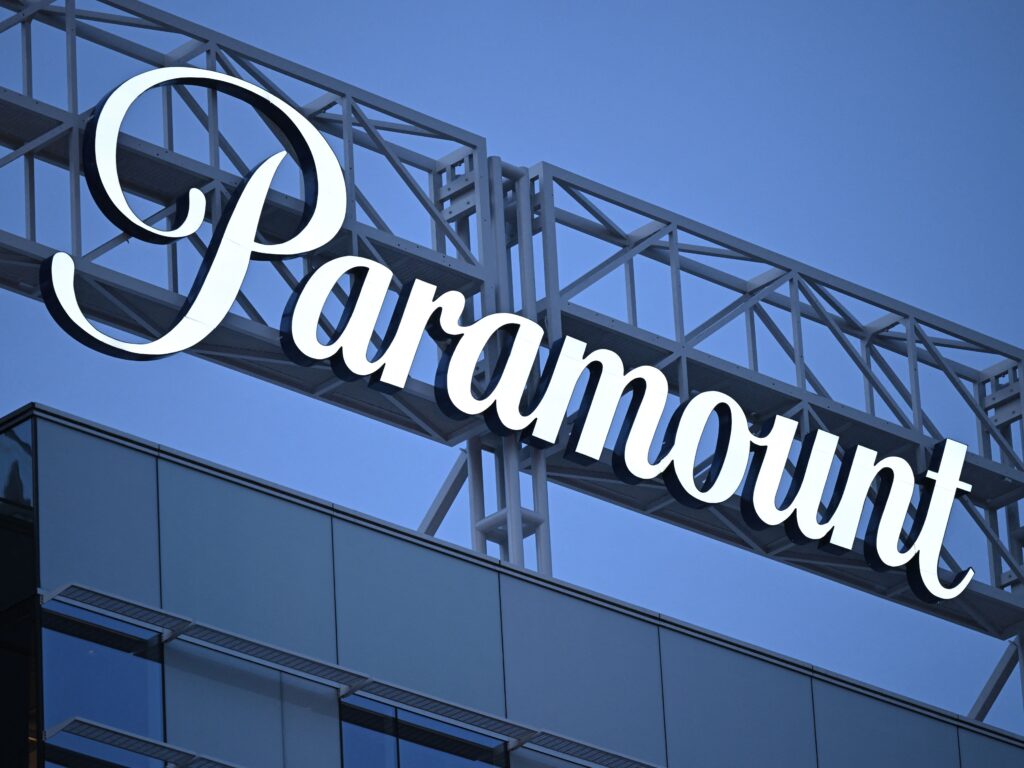The son of Oracle founder Larry Ellison, David Ellison, is well-positioned to transform Paramount Pictures with a visionary plan to take the company beyond its conventional foundations and establish it as a “World-Class Media and Technology Enterprise.” His strategy, which was presented at a recent investor conference, represents a strategic turn away from Paramount’s traditional function as a studio and television network and instead incorporates cutting-edge technology profoundly into the company’s operations.
Ellison’s approach stems from a recognition of the evolving dynamics within the entertainment industry, where technological innovation increasingly dictates competitive advantage. Paramount, under Ellison’s leadership, intends to harness cutting-edge technologies to enhance storytelling capabilities across various media platforms. This includes bolstering its streaming services through the deployment of cloud infrastructure and leveraging artificial intelligence to streamline production processes and foster creative excellence.
At the heart of Ellison’s strategy is the belief that Paramount must not only compete with traditional media rivals but also with tech giants that have disrupted the industry landscape. Platforms like Netflix and YouTube have set new benchmarks by integrating sophisticated technology with expansive content libraries, thereby reshaping consumer expectations and industry norms. Paramount’s response, therefore, necessitates a dual focus on technological innovation and content creation to remain relevant and competitive in this digital era.
Ellison draws inspiration from luminaries such as Steve Jobs, whose visionary approach to blending art and technology revolutionized animation through Pixar. Quoting Jobs and Pixar’s John Lasseter, Ellison underscores the symbiotic relationship between technology and artistic expression, emphasizing that technological advancements can amplify creative endeavors and drive compelling storytelling.
However, the transition towards becoming a “tech media” enterprise poses significant challenges for Paramount. Unlike born-digital companies, Paramount must navigate legacy structures and cultural norms while integrating new technologies into its operations. This includes overcoming logistical hurdles associated with scaling cloud infrastructure and implementing AI-driven solutions across its diverse portfolio of content.
Critics argue that while technological upgrades are essential, Paramount’s ultimate success hinges on its ability to curate and deliver captivating content that resonates with global audiences. The allure of platforms like Instagram, YouTube, and TikTok lies not only in their technological sophistication but also in their ability to cultivate vibrant communities and drive user engagement through diverse and compelling content offerings.
Moreover, the narrative of media companies positioning themselves as technology-driven entities reflects broader strategic imperatives influenced by market perceptions and investor expectations. Paramount’s pivot towards technology integration underscores its ambition to evolve beyond traditional media paradigms and embrace a more agile and innovative business model.
Ellison’s emphasis on Oracle’s cloud technology as a catalyst for innovation within Paramount’s animation division serves as a testament to his commitment to leveraging synergies between tech expertise and creative excellence. However, the challenge lies in replicating these synergies across Paramount’s broader spectrum of operations, including film production, distribution, and digital content platforms.
Industry analysts highlight that while technological advancements are pivotal, Paramount’s competitive edge will be shaped by its ability to differentiate itself through compelling storytelling and unique content offerings. The success of platforms like Netflix underscores the importance of a robust content strategy alongside technological infrastructure, as audiences increasingly demand high-quality, original programming across diverse genres and formats.
Ellison’s strategy also reflects a broader industry trend where traditional media entities seek to reinvent themselves in response to digital disruption. The convergence of media and technology has blurred traditional boundaries, prompting studios like Paramount to reevaluate their business models and embrace innovation as a means of sustaining growth and relevance.
As Paramount embarks on this transformative journey, Ellison faces the dual challenge of enhancing technological capabilities while preserving the studio’s rich heritage and creative legacy. Paramount’s ability to successfully navigate this transition will hinge on its capacity to innovate across technological and creative domains, delivering immersive and engaging experiences that resonate with global audiences.
David Ellison’s vision for Paramount, which is aspirational in nature, is a turning point in the company’s development into a “World-Class Media and Technology Enterprise.” Modern technology is incorporated to further demonstrate Paramount’s dedication to using creativity and innovation to reshape the entertainment industry. In the end, though, the studio’s success will rely on how well it uses technology to improve narrative, set itself apart from the competition, and survive in a crowded and changing media market. Stakeholders in the industry are keen to see how Ellison’s strategic vision plays out and whether it establishes Paramount as a leader in the rapidly changing digital entertainment landscape as he leads the studio into this new chapter.
If you like the article please follow on THE UBJ.
